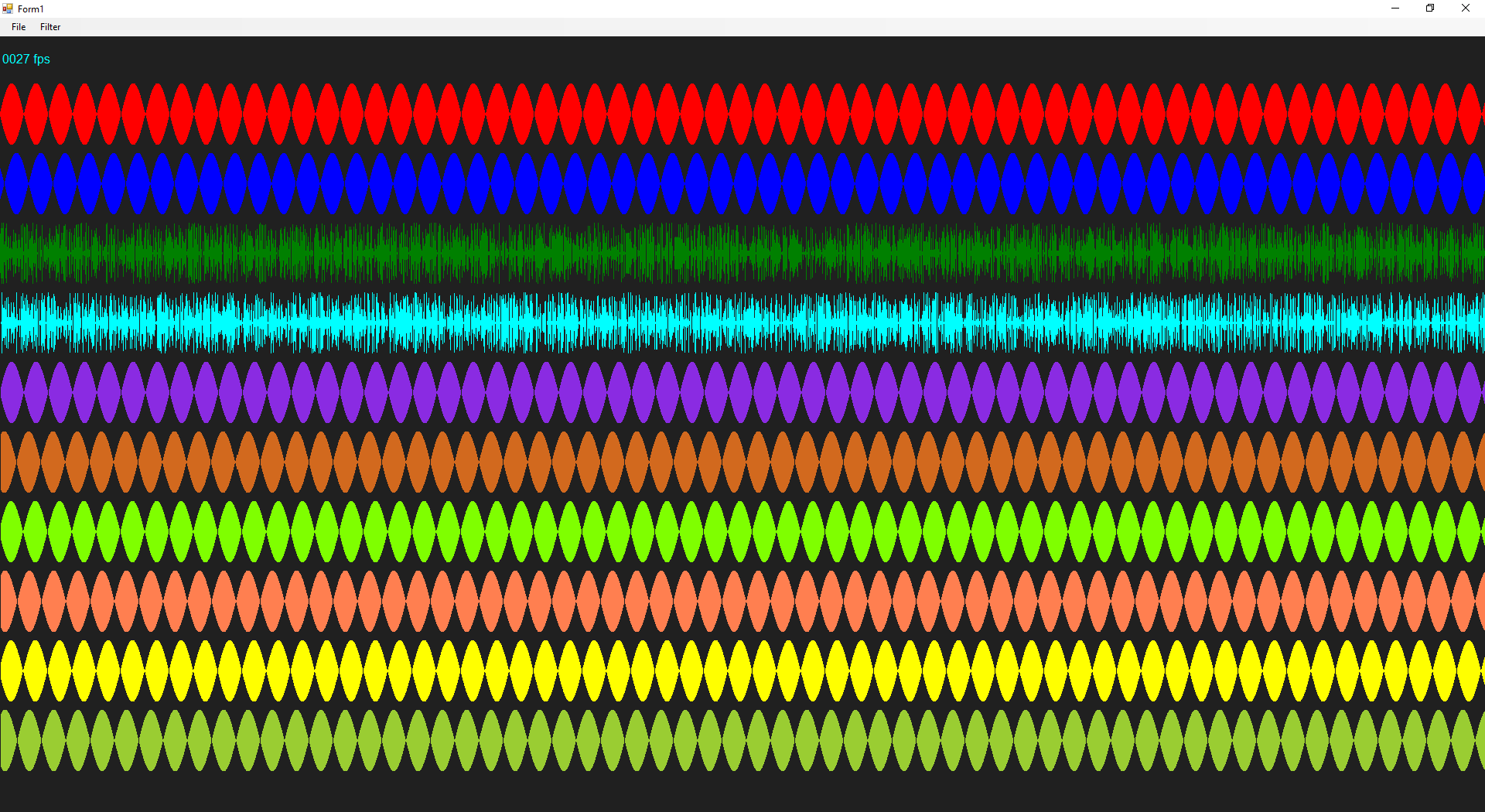

Per manufacturer recommendation, tools should be clamped using a torque wrench to ensure correct force.
#Capto c6 test bar manual
The mechanical intensification of the force is typically between 3 and 9 times, making friction a major factor in the proper operation of the system.įor systems with manual HSK grippers such as those supplied by Mapal and Guehring, periodic verification of correct tool holding force is also of critical importance.

Most power drawbar systems with HSK tapers use force intensification in the gripper design. Machine builders typically provide a tool holding force specification for properly lubricated and adjusted clamping system.

It is difficult to quantify friction without measurement. When force intensification is used, friction is a factor to be watched. Some drawbar designs use a mechanical force intensification mechanism to increase tool holding force. This failure process can be detected with a clamping force measuring device and action be taken before the clamping system fails completely.Ĭheck for the role that friction plays in the clamping system and for proper lubrication The rest of the springs will be overloaded and break or take a permanent set. However, soon others will break since they have to do the work of the broken spring (or springs) as well. Initially only one spring might break without significant impact on tool holding force. We have found some processes that reach 1 million cycles after 6 months–with the complaint that the "springs break all the time." In this scenario, the springs have reached the end of the design life cycle and should be replaced after two years. An example: a process with 3 to 4 tool changes per minute (many do much more), with 2,000 operating hours per year (one shift), means between 360,000 and 480,000 cycles are made per year. This may sound like a big number, but tool changes add up quickly. Small-diameter springs lead to highly stressed springs for tool clamping, and even more so during tool unclamp.Ī typical drawbar spring stack is designed to last approximately 1 million cycles. Small bearings necessitate the use of small diameter springs to fit into the spindle arbor. High RPM is often an important design criterion for a spindle, meaning the use of small diameter bearings makes sense from an engineering standpoint. Machining centers with automatic tool clamping systems typically use Belleville/disk spring stack to hold a tool in the spindle, with a hydraulic cylinder used to overcome the spring force to unclamp the tool. Predict problems with the spindle's Belleville / disk spring stack

For HSK forms E and F, correct clamping force is crucial because there are not drive keys or dogs to transmit torque–the system relies entirely on the power drawbar's holding force. Because the HSK interface seats both on the tool holder taper and flange, dimensional tolerances are extremely tight. The HSK taper relies on an interference fit between the spindle and tool holder tapers, meaning drawbar force must be sufficient for the tool holder to properly seat. Insufficient tool holding force can quickly wear or damage the critical spindle taper resulting in loss of machine accuracy and an expensive repair bill.įor the HSK taper, wear and damage on the spindle taper are even more detrimental. Protect your spindles and ensure machining accuracy A rigid interface will improve tool life by reducing chatter and excess wear, and in turn improve workpiece finish. Correct tool holding force ensures that the spindle-tool holder interface is as rigid as possible.


 0 kommentar(er)
0 kommentar(er)
